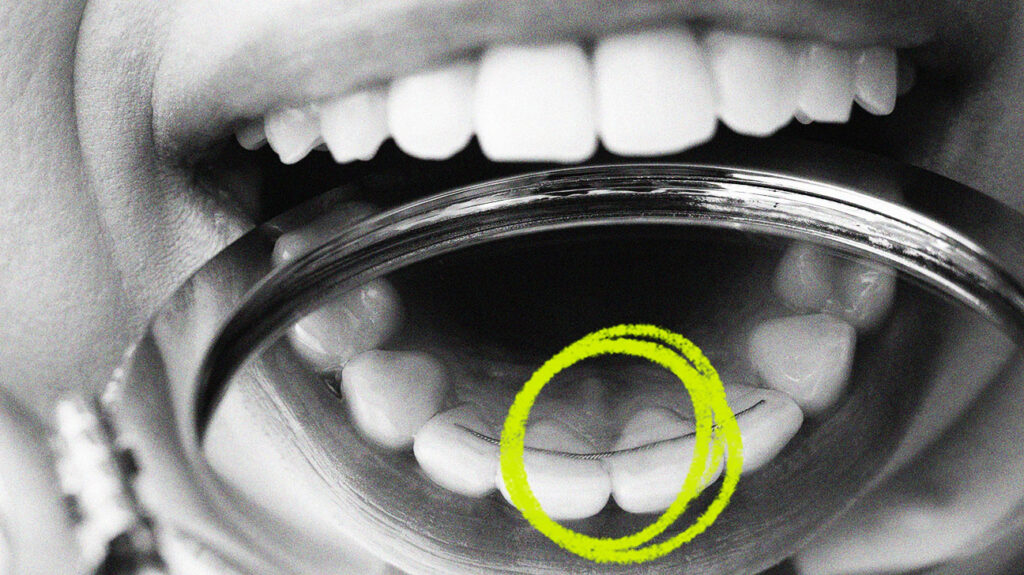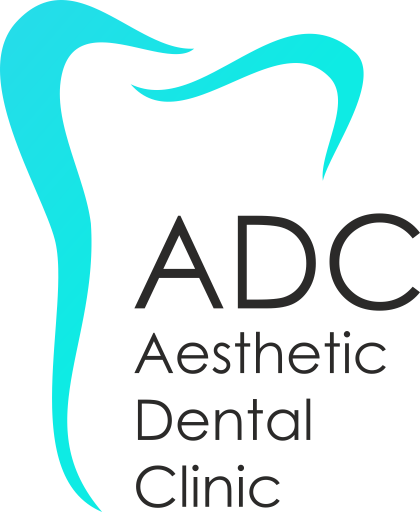What is orthodontic retention?
A permanent retainer is an appliance or wire that holds the teeth in the same position they were moved initially with braces. However, unlike regular retainers (i.e. clear splints), permanent retainers stay in the mouth long-term.
With retainer splints, people can put them on and take them off whenever they want. Once their braces are removed, they can wear the brace 24 hours a day or just at night.
Permanent retainers (the wire behind the teeth) remain in the mouth all the time and can last up to 20 years.

What are Permanent Retainers?
A permanent retainer, or fixed retainer, is a metal wire that holds the teeth in place. After treatment with braces, orthodontists recommend the use of retainers to maintain the results and prevent the teeth from returning to their original position.
Permanent retainers consist of a metal wire that the orthodontist bonds to the back of a person’s teeth. The wire is usually supported behind four to six teeth in the front of the mouth. This can be on the upper teeth, lower teeth or both.
However, orthodontists usually place permanent retainers behind the lower teeth, as permanent retainers on the upper teeth are more likely to break.
Orthodontists usually install permanent retainers immediately after the braces are removed. A permanent retainer can last up to 20 years, depending on how carefully someone takes care of it and what the orthodontist recommends.
Reasons for getting a Permanent Retainer
Some orthodontists believe that permanent retainers work better than removable ones. For example, an earlier 2014 study in Switzerland found that 87% of orthodontists preferred permanent retention.
Another advantage of permanent retainers is that a person does not have to remember to put them on or take them off. This can be useful for those who forget to use their retainer splints. People who have difficulties with memory or movement may also find that a permanent retainer works best for their needs.
Advantages and disadvantages of permanent retainers
There are both advantages and disadvantages to having permanent retainers.
The benefits of permanent retention are that:
• do not require a person to remember to wear them
• are not visible on the front sides of the teeth
• are durable
• usually do not require replacement
• require fewer follow-up appointments than removable retainers
The disadvantages of permanent retention are that:
• can make cleaning and flossing more difficult
• they can trap food particles that eventually cause tooth decay or gum disease
• may cause discomfort when a person’s tongue touches the wire (but this is not so common)
Cleaning and maintenance of permanent retainers
Permanent retainers require careful cleaning and maintenance to prevent breakage. Good oral hygiene is also essential to prevent food from sticking behind the wire.
To care for a permanent retainer, we need to brush around the retainer at least twice a day. When you do this, the bristles of the toothbrush should reach the space between the retainer and the teeth. If this proves difficult with a regular toothbrush, people can get small interdental brushes that can fit into small gaps.
It is also important to floss around the permanent retainer at least once a day. This process can present some challenges. Some people find that floss grips help. Flossing with water can also be an option. A person should ask their dentist what they recommend.
To avoid breakouts, it may help to avoid very hard or sticky foods.
FAQs
Here are some common questions about Permanent Orthodontic Retention.
Are permanent retainers safe?
Permanent retainers are generally safe as long as a person takes good care of their teeth. A person may have an increased risk of developing gingivitis or tooth decay if they do not clean properly around the permanent retainer.
The retainer can also cause some discomfort if it bends or breaks. If this happens, a person should consult an orthodontist as soon as possible.
What if the retainer breaks or comes loose?
A person will need a replacement if their permanent retainer bends, breaks or comes off. An orthodontist will need to fit the new retainer.
Can an orthodontist remove a permanent retainer?
An orthodontist can remove a permanent retainer if someone no longer wants it or finds it too uncomfortable.
How long does a person wear a permanent orthodontic retainer?
A person usually wears a permanent orthodontic retainer for the rest of their life, unless a dental professional advises otherwise.
Do permanent orthodontic retainers work as well as removable retainers?
Many orthodontists believe that permanent retainers are more successful at keeping teeth in place than removable retainers.




